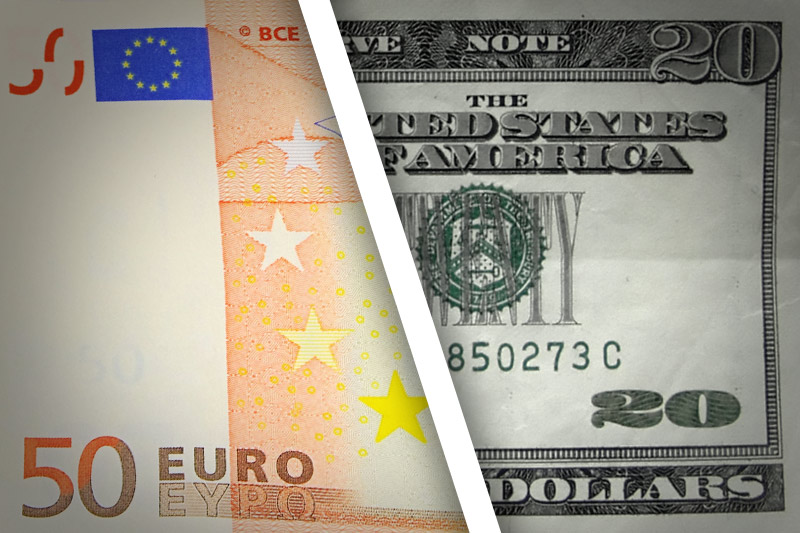Investing.com - The euro held gains against the U.S. dollar on Friday, hovering near a two-week high as the release of mixed U.S. economic reports continued to weigh on demand for the greenback.
EUR/USD hit 1.3028 during U.S. morning trade, the pair's highest since March 25; the pair subsequently consolidated at 1.2997, advancing 0.49%.
The pair was likely to find support at 1.2901, the day's low and resistance at 1.3107, the high of March 15.
The dollar weakened against the euro after the U.S. Bureau of Labor Statistics said the economy added 88,000 jobs in March, far less than the expected 200,000 increase, after 268,000 jobs were created the previous month.
The private sector added 95,000 jobs last month, after an increase of 254,000 in February, compared to expectations for a 209,000 rise.
The report also showed that the U.S. unemployment rate ticked down to 7.6% in March, from 7.7% the previous month. Analysts had expected the unemployment rate to remain unchanged last month.
Separately, official data showed that the U.S. trade deficit narrowed unexpectedly in February, improving to USD43 billion from a deficit of USD44.5 billion the previous month. Analysts had expected the trade deficit to widen to USD44.6 billion in February.
Meanwhile, euro zone concerns persisted after official data showed that the bloc's gross domestic product contracted by 0.6% in the fourth quarter, in line with expectations.
A separate report showed that retail sales in the euro zone fell 0.3% in February, more than the expected 0.2% decline, after a 0.9% rise the previous month.
The euro was steady against the pound with EUR/GBP easing up 0.05%, to hit 0.8496.
Also Friday, data showed that house prices in the U.K. rose 0.2% in March, in line with expectations, after a 0.5% increase the previous month.
EUR/USD hit 1.3028 during U.S. morning trade, the pair's highest since March 25; the pair subsequently consolidated at 1.2997, advancing 0.49%.
The pair was likely to find support at 1.2901, the day's low and resistance at 1.3107, the high of March 15.
The dollar weakened against the euro after the U.S. Bureau of Labor Statistics said the economy added 88,000 jobs in March, far less than the expected 200,000 increase, after 268,000 jobs were created the previous month.
The private sector added 95,000 jobs last month, after an increase of 254,000 in February, compared to expectations for a 209,000 rise.
The report also showed that the U.S. unemployment rate ticked down to 7.6% in March, from 7.7% the previous month. Analysts had expected the unemployment rate to remain unchanged last month.
Separately, official data showed that the U.S. trade deficit narrowed unexpectedly in February, improving to USD43 billion from a deficit of USD44.5 billion the previous month. Analysts had expected the trade deficit to widen to USD44.6 billion in February.
Meanwhile, euro zone concerns persisted after official data showed that the bloc's gross domestic product contracted by 0.6% in the fourth quarter, in line with expectations.
A separate report showed that retail sales in the euro zone fell 0.3% in February, more than the expected 0.2% decline, after a 0.9% rise the previous month.
The euro was steady against the pound with EUR/GBP easing up 0.05%, to hit 0.8496.
Also Friday, data showed that house prices in the U.K. rose 0.2% in March, in line with expectations, after a 0.5% increase the previous month.
